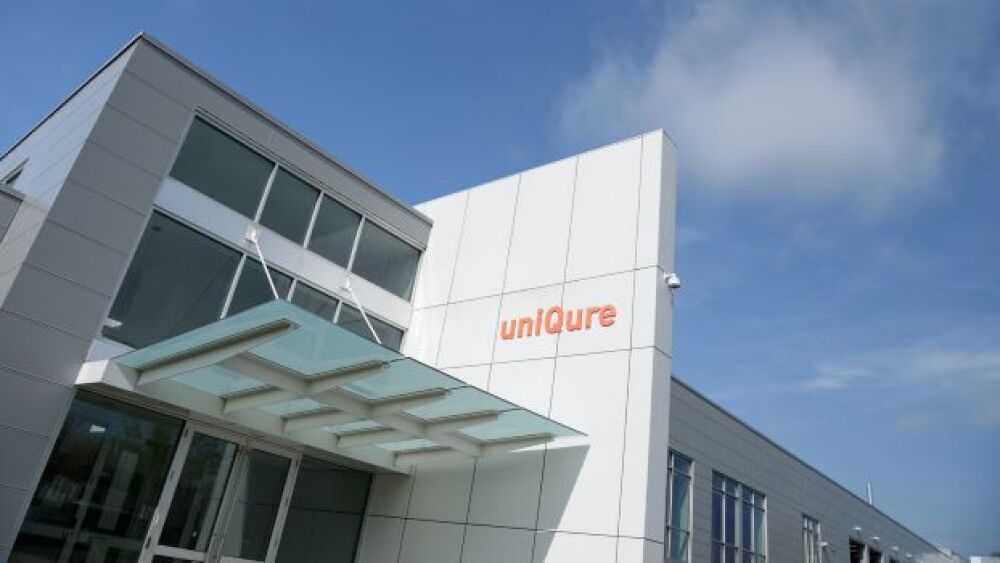The Washington, D.C.–Baltimore area ranks in the top six for life sciences R&D and manufacturing talent, according to a CBRE report. The Maryland Department of Commerce’s director of life sciences discusses the workforce and how the state is adapting to changing needs.
From a talent perspective, Maryland stands out in the U.S. life sciences scene. For example, the Washington, D.C.–Baltimore market ranks third for research and development (R&D) talent and sixth for manufacturing talent, according to a June CBRE report.
Biotechnology Industry Organization and TEConomy Partners have also shared favorable findings. Their 2024 report noted that from 2019 to 2023, Maryland’s bioscience industry outpaced the nation in its employment growth, rising 16.4% to 52,633. There were double-digit increases in four of five subsectors, including research, testing and medical laboratories (22.1%); medical devices and equipment (16%); and pharmaceuticals (15.6%).
The talent pool is one of many advantages the state offers to life sciences businesses, noted Stefanie Trop, director of life sciences at the Maryland Department of Commerce.
“When we’re working to attract companies, the range of talent that we have available to them here is definitely a selling point for Maryland and something that will win companies over other regions in the country,” Trop told BioSpace.
Biopharmas expanding in Maryland include AstraZeneca. In May, the pharma opened a $300 million state-of-the-art manufacturing facility in Rockville, where it’s launching commercial cell therapy platforms. Additionally, AstraZeneca announced this week that it will use part of a $50 billion investment across its U.S. research and development and manufacturing footprint to expand its R&D facility in Gaithersburg.
Regarding the makeup of Maryland’s life sciences employees, Trop said the state has a lot of talent coming out of federal agencies, including the FDA, which is undergoing massive cuts. Based on what she’s heard from colleagues and friends at the agency, those who were let go there are being picked up quickly by biotechs and pharmas, she said.
Universities are another top source of talent in the state, according to Trop. Indeed, CBRE’s report highlights the importance of Maryland’s universities, ranking Washington, D.C.–Baltimore third for life sciences Ph.D.s granted in the 2022–2023 academic year with 458.
Adapting to Technology-Driven Workforce Needs
While talent is a selling point for Maryland, the state must constantly adapt to changing needs, according to Trop. She noted that fast-moving technology is affecting areas including biomanufacturing and process engineering and sparking surges in data science and artificial learning/machine learning roles.
State institutions and initiatives such as the University of Maryland and BioHub Maryland are working to address changing workforce needs, according to Trop. For example, the university’s pharmacy school will start offering a Master of Science in artificial intelligence for drug development this fall, and BioHub Maryland provides biopharma manufacturing skills training.
Trop also highlighted the University of Maryland Institute for Health Computing, which seeks to innovate healthcare delivery and support the Montgomery County life sciences community. She said it’s interesting to see how the institute integrates different types of talent in areas including epidemiology, public health, oncology and cardiology with data scientists, programmers and AI specialists.
Regarding AI specifically, Trop noted, “We’re just seeing it really integrated at every level of different types of companies, whether it’s their internal processes to their product development to clinical trials and on and on.”
Another workforce need involves life sciences leaders. Scientists often want to spin out companies from Maryland’s universities, Trop noted, but it’s not easy for them to find co-founders with executive experience in the state. She said that although Maryland can attract this type of talent from other states, it’s more lucrative to grow its own pool of people.
One way the state is working on this, according to Trop, is through TEDCO, which provides funding, resources and connections for early-stage technology and life sciences companies. For example, TEDCO’s Urban Business Innovation Initiative provides general business assistance in areas including financing options, building a management team and technology commercialization.
What’s Ahead: Continued Growth, Different Partnerships
Looking ahead, Trop said she expects that what’s been branded as the BioHealth Capital Region—Maryland, Virginia and Washington, D.C.—will steadily grow for a long time. She noted that it has a rich history, especially compared to some of the newer hubs coming online.
Trop also shared that she’s excited to see what happens after the life sciences industry emerges from its past two years of challenges. She noted, for example, that Maryland companies are focusing on alternative strategies to venture capital funding, such as co-development or licensing of assets to grow their portfolios.
“Coming out of this we, I hope, will be stronger, with more diversification of our strategies to grow and maintain our companies and the industry here in Maryland,” Trop said.
Interested in more career insights? Subscribe to Career Insider to receive our quarterly life sciences job market reports, career advice and more.






